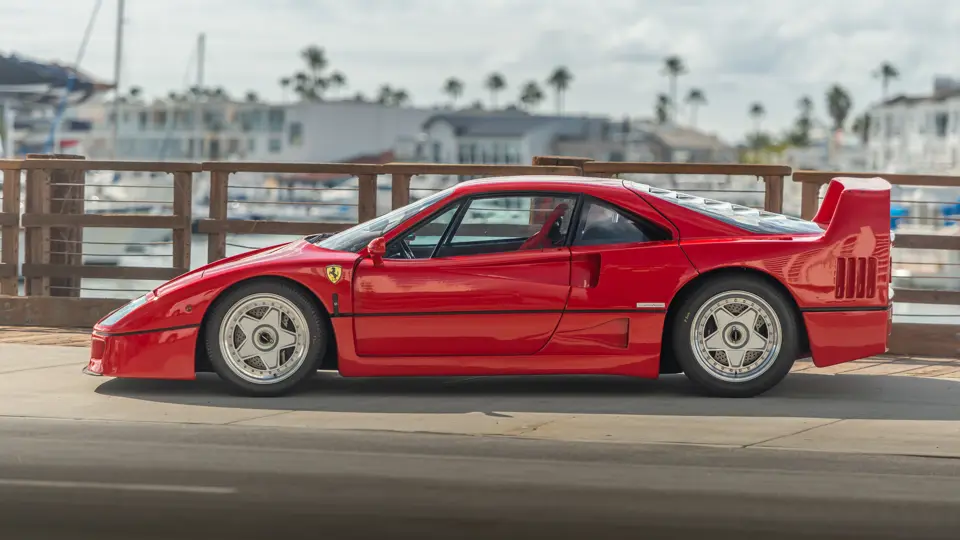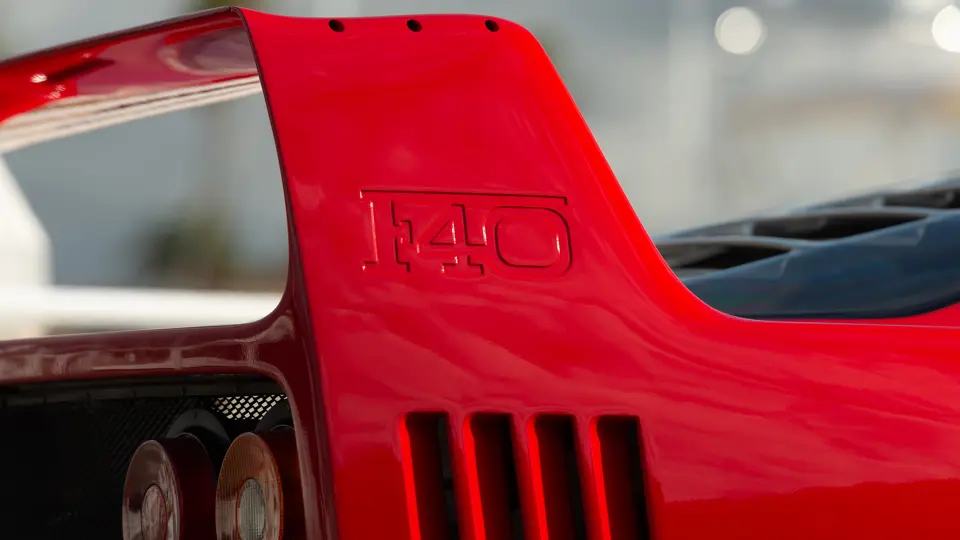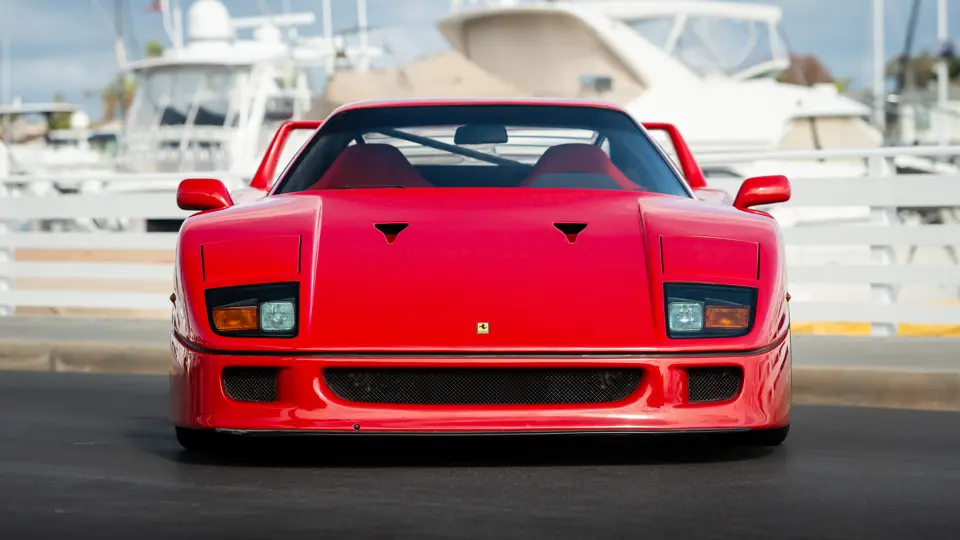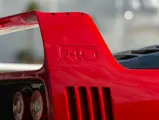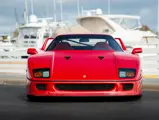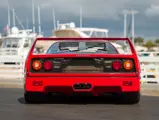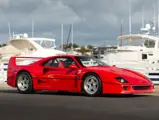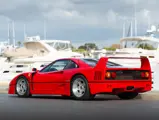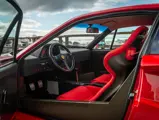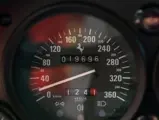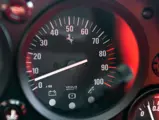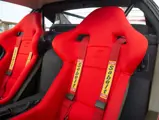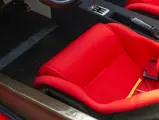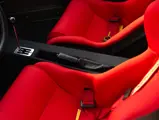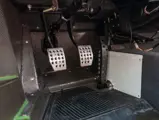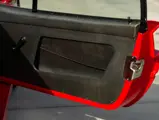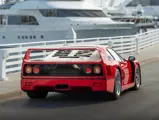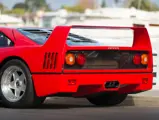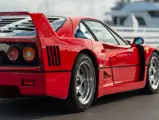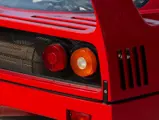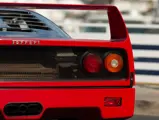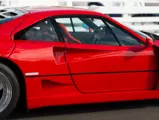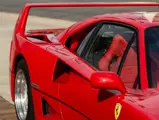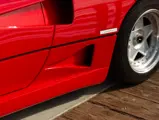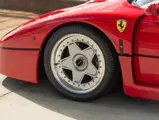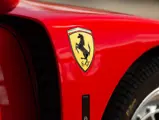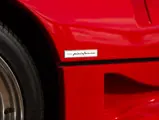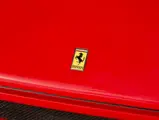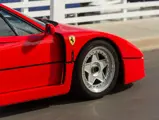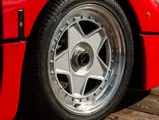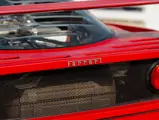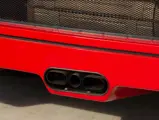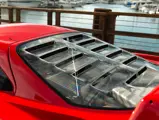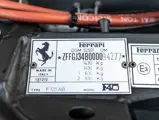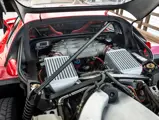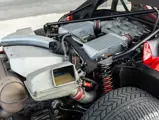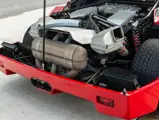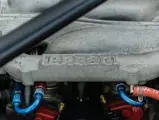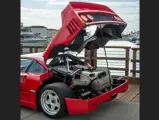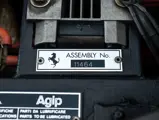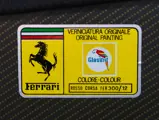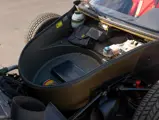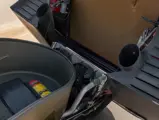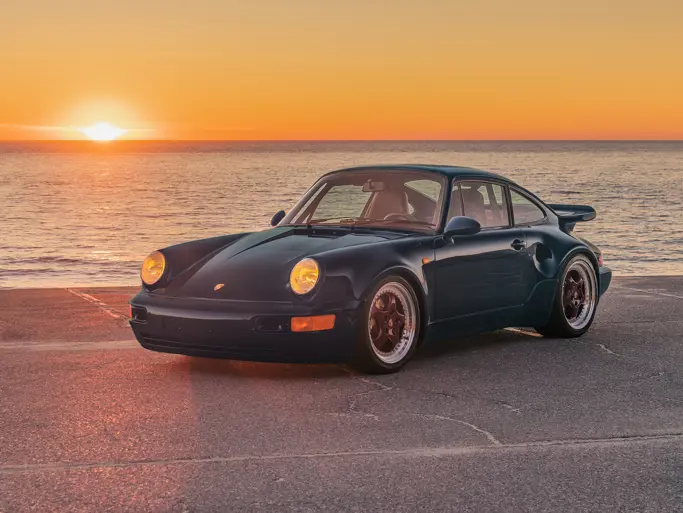
1992 Ferrari F40
{{lr.item.text}}
$2,150,000 USD | Sold
{{bidding.lot.reserveStatusFormatted}}
- Beautifully presented and modestly driven example
- Short ownership chain consisting of as few as two caretakers
- Specified for the European market and equipped with a catalytic converter
- Displays 19,697 kilometers (~12,239 miles) at cataloguing
- Accompanied by tool roll and owner’s manuals; documented with service invoices and Massini report
- Benefits from no-expense-spared service conducted by Ferrari of Newport Beach in December 2022
THE DEVELOPMENT OF A PERFORMANCE ICON
Engineered to celebrate the 40th anniversary of Maranello’s first model, the 125 S, the F40 to this day remains one of Ferrari’s most captivating and impressively specified supercars. The model was originally conceived to be an FIA Group B competitor, and it was consequently developed from the superlative 288 GTO to take on the likes of the Porsche 959. Enthusiasts can be grateful that the F40’s nearly stillborn gestation continued forward even after the racing class was canceled. Rather than scrap the program entirely, Ferrari used the five initial 288 GTO Evoluzione examples as the basis of a new 40th-anniversary road car that would be the last supercar devised under Enzo Ferrari’s stewardship.
As it was designed for competition purposes, the F40 featured a race-developed steel tube-frame chassis with four-wheel double-wishbone independent suspension, coil-over Koni shock absorbers, and four-caliper ventilated disc brakes. Pietro Camardella’s coachwork design—executed under the direction of Leonardo Fioravanti and aerodynamically perfected in Pininfarina’s wind tunnel—was built with paneling woven from Kevlar and carbon fiber, reducing the curb weight by approximately 20 percent while simultaneously tripling the car’s structural rigidity.
The 288’s twin-turbocharged V-8 was bored to displace 2.9 liters and fitted with IHI turbochargers and Behr intercoolers; this engine was married to a five-speed transaxle actuated by a gated shifter. The resulting performance was nothing short of astounding, as the type F120 040 engine developed 478 horsepower and 425 pound-feet of torque, capable of launching the F40 to 60 mph from standstill in just 3.8 seconds and achieving a top speed of 201 mph (thereby eclipsing the Porsche 959 and Lamborghini Countach).
Cosmetically, the F40 amply reflected its basis in racecar development, with the lightweight body echoed by numerous interior considerations. Weight was further reduced with the use of cloth upholstery on plastic-composite racing seats, pull-strap door releases, drilled pedals, and Perspex windows.
Publicly introduced at the 1987 Frankfurt Motor Show, the F40 was initially earmarked for a low production run of 400 examples, but skyrocketing customer interest prompted Ferrari to ultimately build 1,315 cars. The commemorative supercar was initially only available in Europe, and early examples were built without catalytic converters or adjustable suspensions, although in 1990 a more developed version with catalytic converters began delivery. Harkening back to such inspiring sports-racers at the 206 S, the 330 P3, and the 512 S, the F40 remains notable for being the last supercar developed under the watchful eyes of Il Commendatore himself, the legendary Enzo Ferrari.
Occupying such an important position in Maranello’s supercar lineage, it is hardly surprising that many F40 examples were initially purchased by astute collectors and largely restricted to showroom viewing and concours exhibition. Relatively few cars were driven in anger on a track, but a handful of drivers were lucky enough to experience the F40 under such conditions.
Case in point, five-time Le Mans champion Derek Bell was allowed to push the car’s limits during a test drive for Classic & Sports Car magazine conducted during the mid-2000s. His verdict: “It’s just magnificent…This is a car to make your hair curl. The power delivery is sensational, and I love the way the turbos come on with such a rush. Very quickly the situation changes from neutral understeer to amazing oversteer, but it’s all superbly predictable.”
But the endorsement of a pedigreed championship driver was no requirement for the F40 to attract an ardent fanbase, as illustrated by an entire generation of teenage gearheads who proudly displayed posters of the 40th anniversary supercar on their walls. Many of these same children have grown up to be today’s respected collectors, and their continued devotion to the F40 testifies to just how iconic the model truly is.
CHASSIS NUMBER 94277
Benefiting from a lifetime of gentle use and modest mileage through a short chain of ownership, this superb F40 is a particularly impressive example of Maranello’s seminal commemorative hypercar. According to the research of marque expert Marcel Massini, chassis number 94277 began assembly in May 1992, specified as a European-market example with instruments in kilometers. Equipped with a catalytic converter, the Ferrari was finished in the F40’s standard livery of Rosso Corsa paint over an interior of cloth Vigogna upholstery.
Completed in July 1992, the F40 was originally ordered by Charles Pozzi’s esteemed Ferrari West Europe SA in Paris, but eventually was sold new in September 1992 via IFS Importation Ferrari Suisse SA in Nyon, Switzerland to an enthusiast based in Moers, Germany. The berlinetta remained in Germany through the mid-1990s before being exported to Japan by April 1997, as demonstrated by a Japanese export certificate on file.
Invoices dating from September 2012 to November 2020 reflect a life of fastidious maintenance and minimal driving time in Japan, as the odometer accrued only 2,009 kilometers (~1,248 miles) over this eight-year period. In addition to general service measures, the Ferrari was fitted with new engine mounts, ignition, starter motor, and fuel pump. In September 2018 the car underwent the all-important timing belt replacement service, and in December 2018 the fuel tanks were disassembled and cleaned, and the tank sponges were replaced.
The F40 was imported by the consignor to the United States directly after the long-term Japanese ownership, and in December 2022 the car was treated to a full no-expense-spared service from the authorized marque dealership Ferrari of Newport Beach in Southern California. Exhibiting a beautifully presented exterior and optimally maintained mechanical elements, this berlinetta desirably retains the original front and rear clips, as confirmed by an inspection by Ferrari of Newport Beach. The car is accompanied by a tool roll and owner’s manuals, and documented with the Massini report, export paperwork, and Japanese service invoices (including English translations). The odometer currently displays just 19,697 kilometers (~12,239 miles), reflecting a life of sparing driving use.
Ideal for marque enthusiasts searching for low-mileage examples of Maranello’s Big Five hypercar portfolio, this F40 would make a superlative addition to any sporting collection.


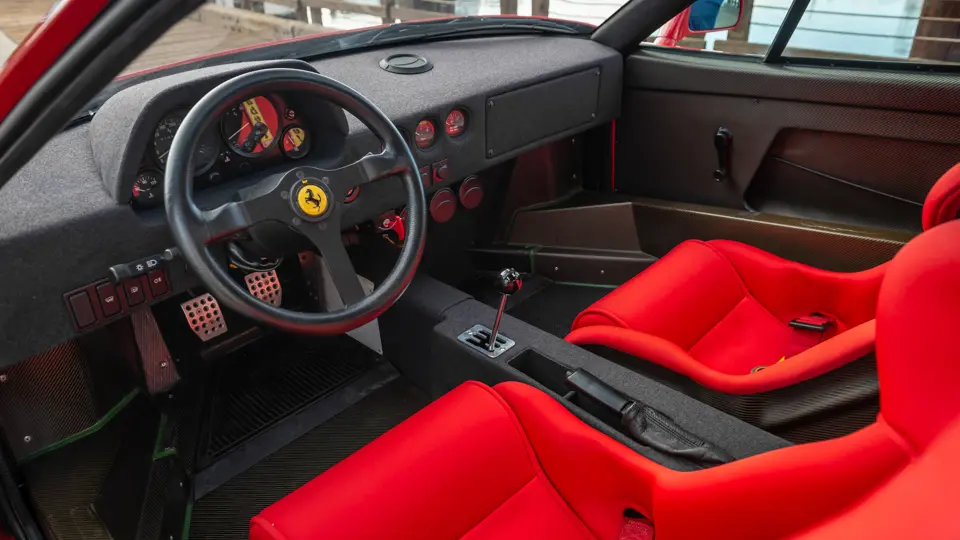


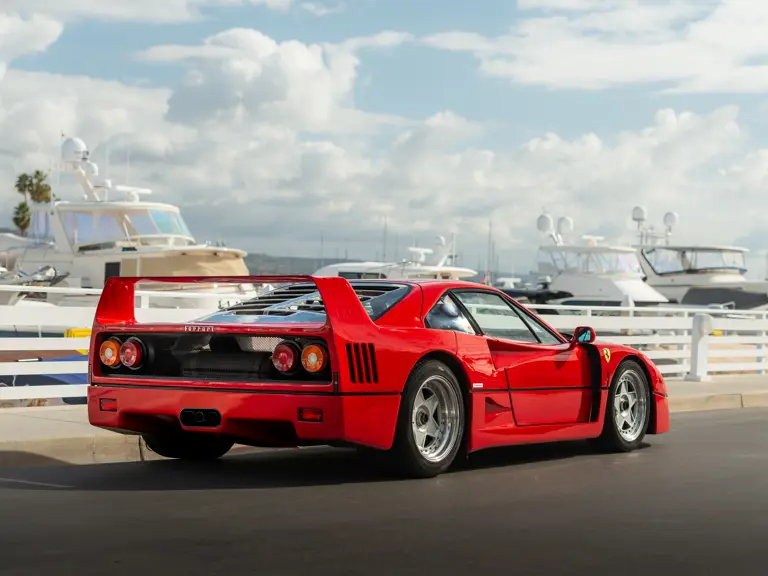




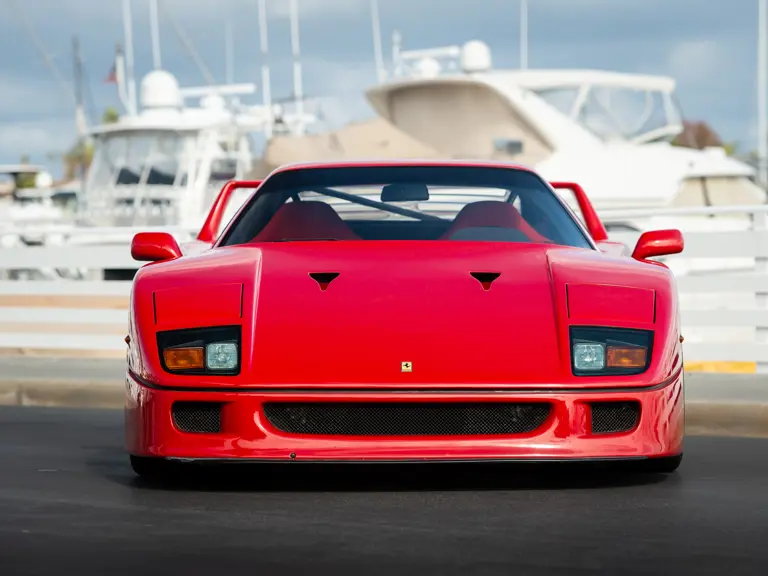
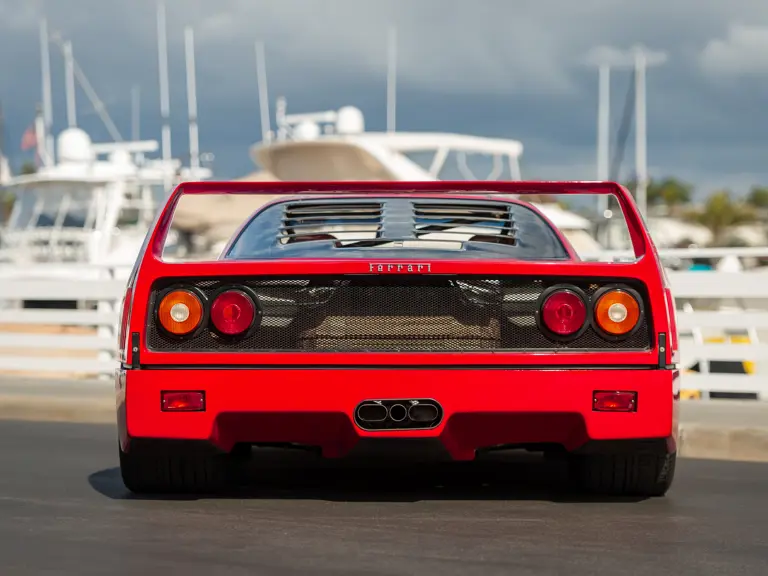
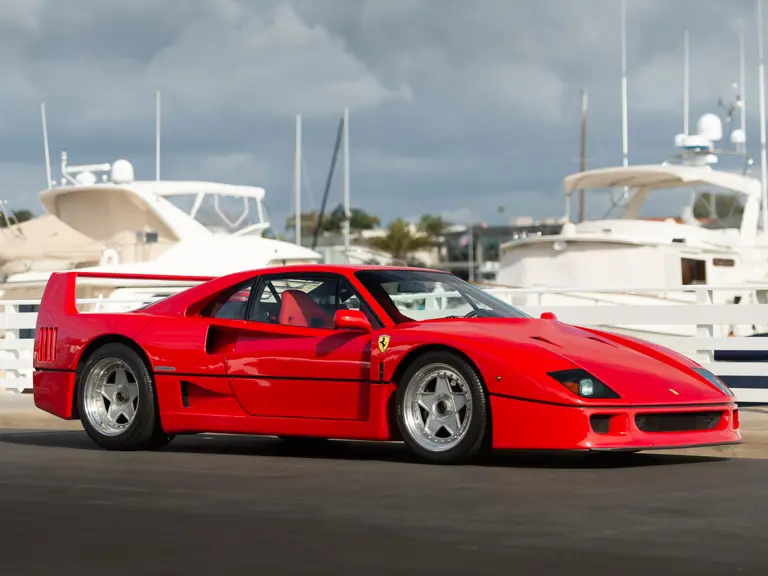
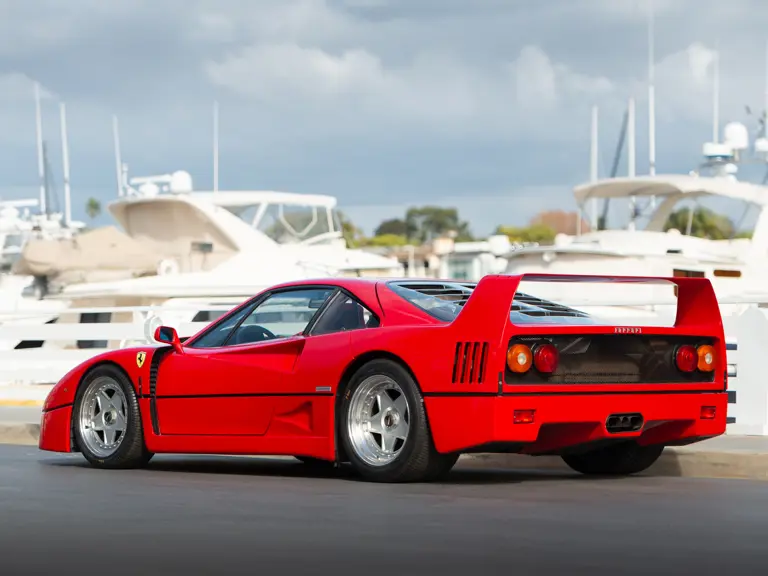

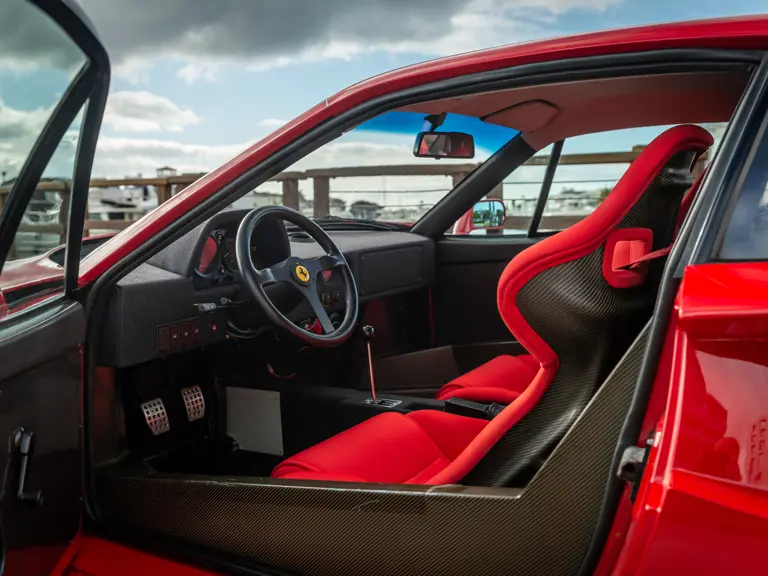
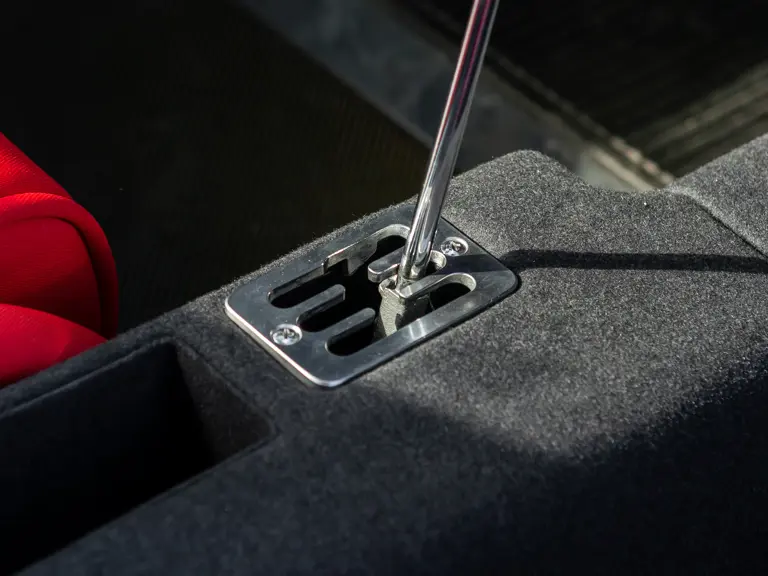
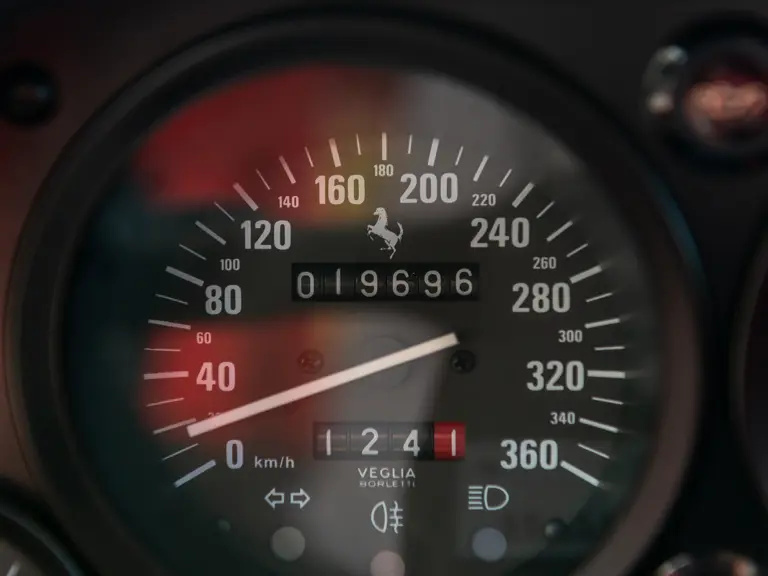
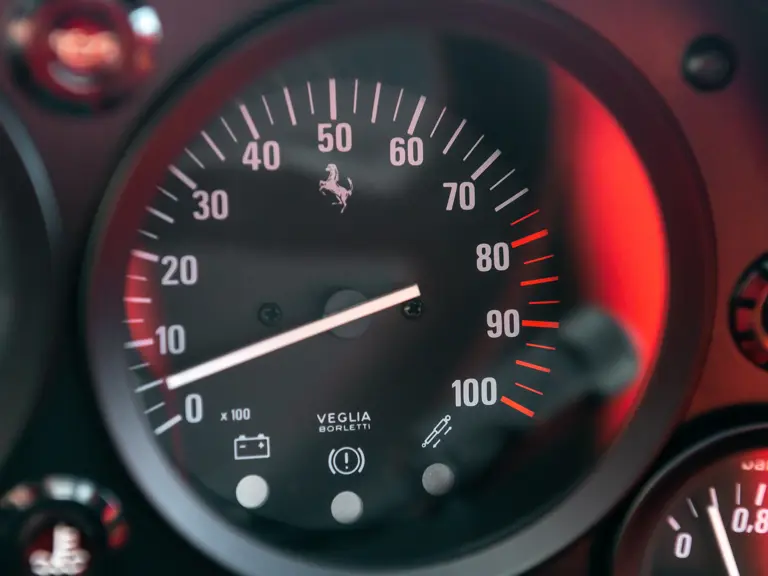
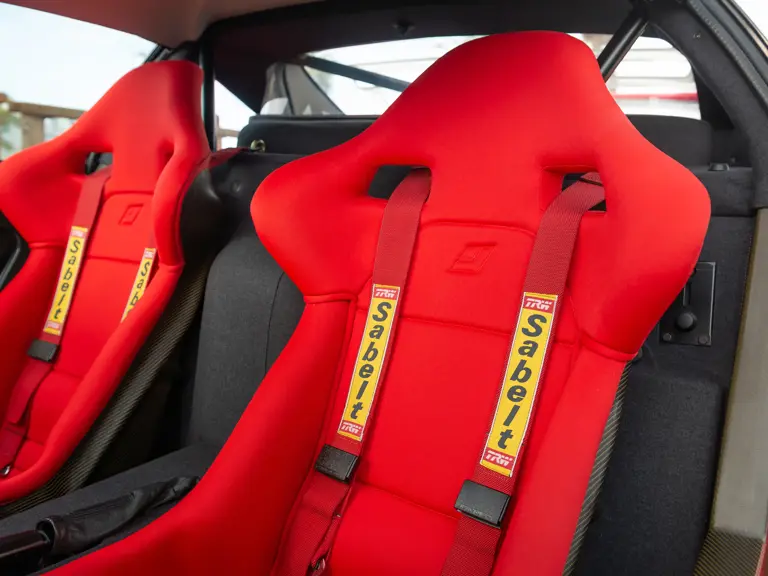
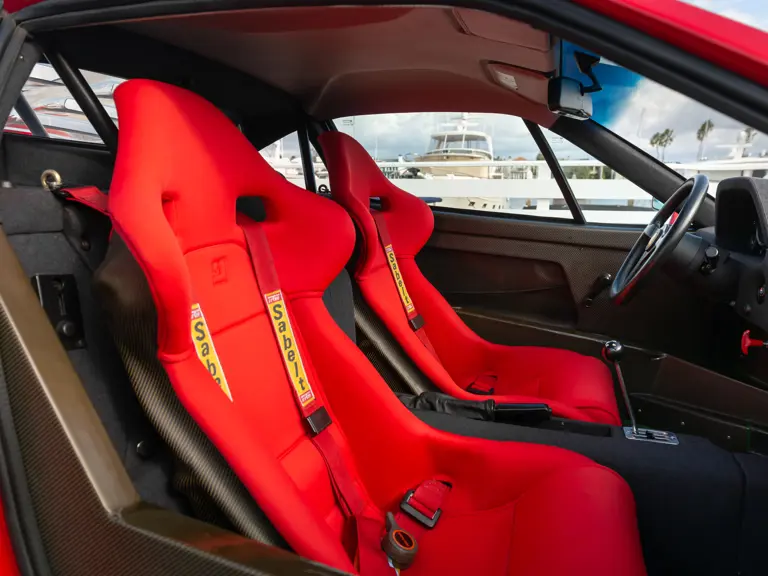
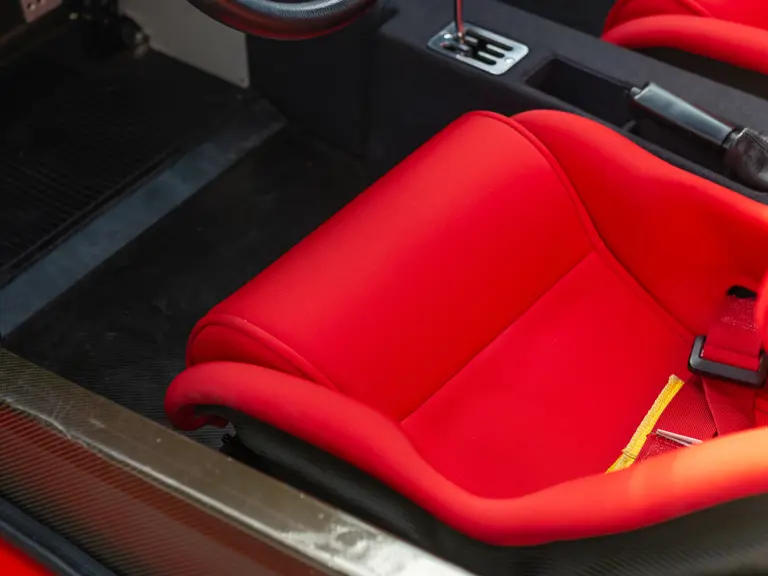
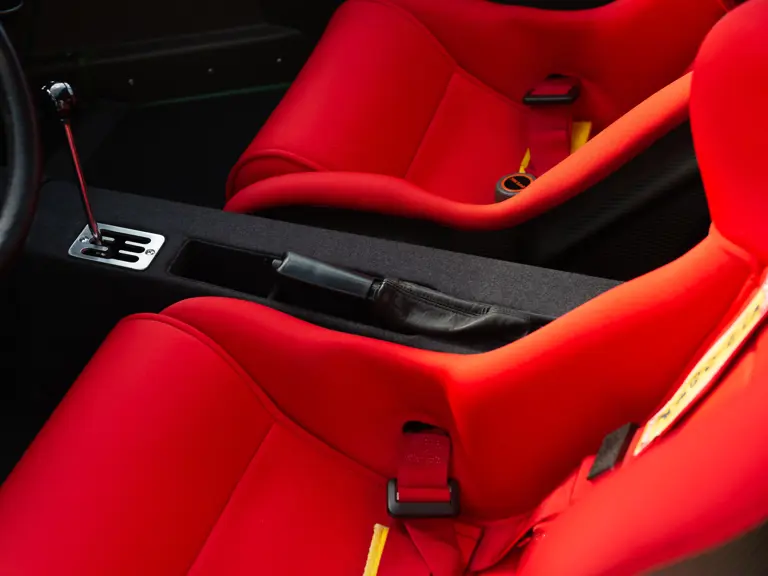
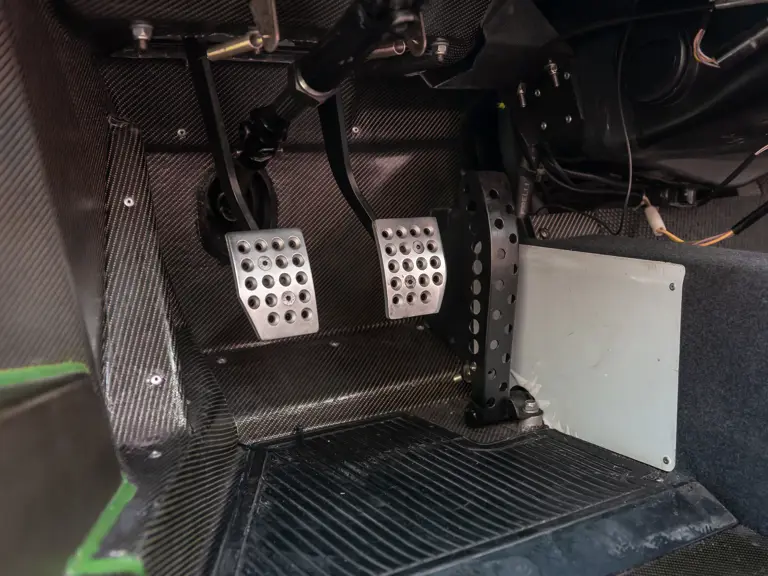


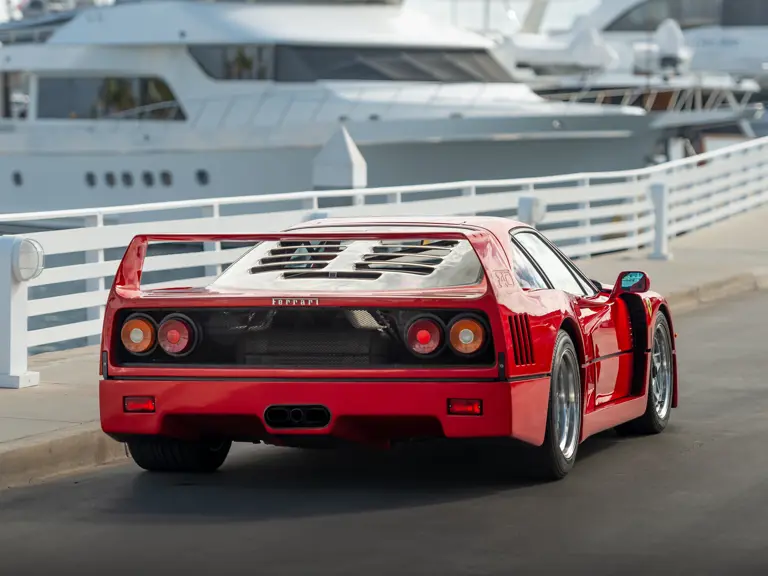
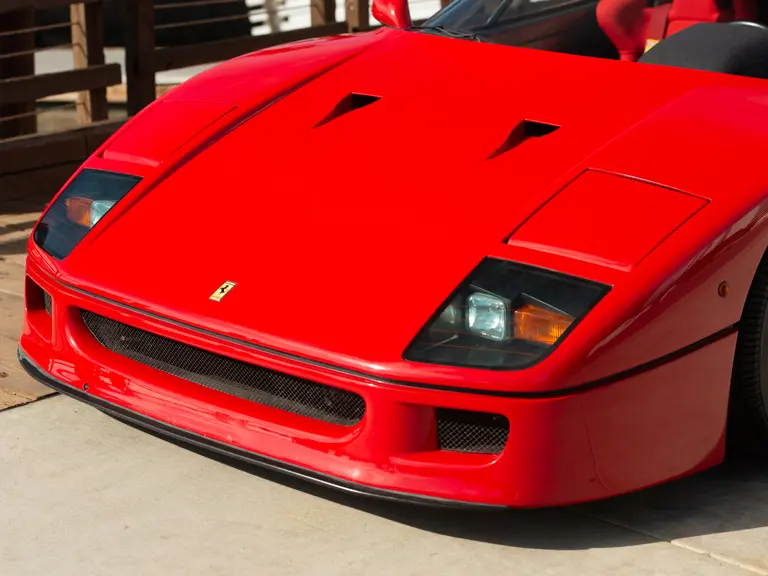
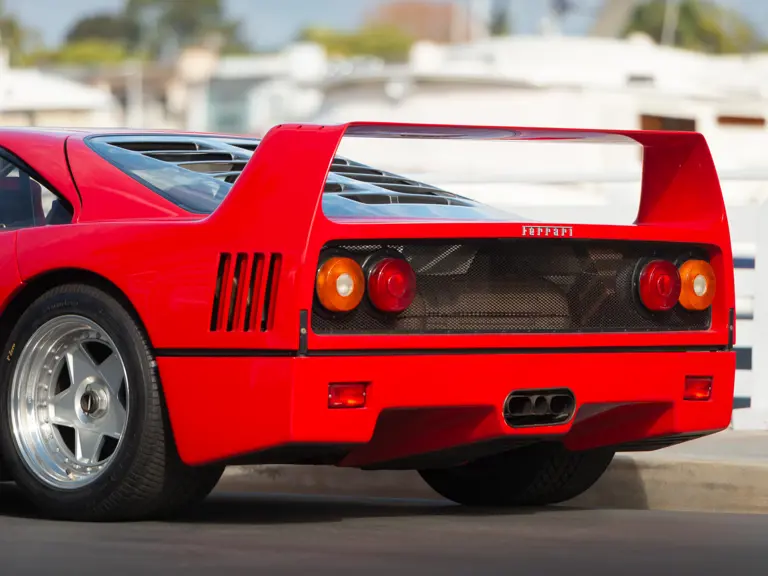

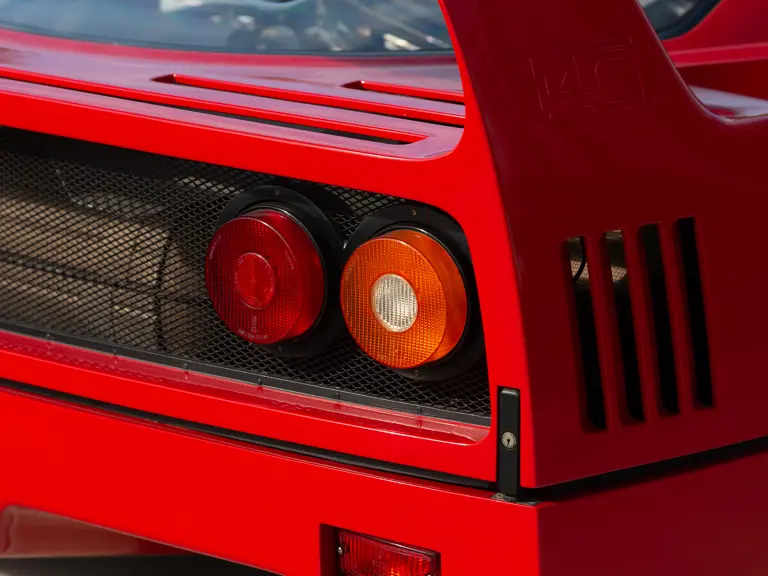
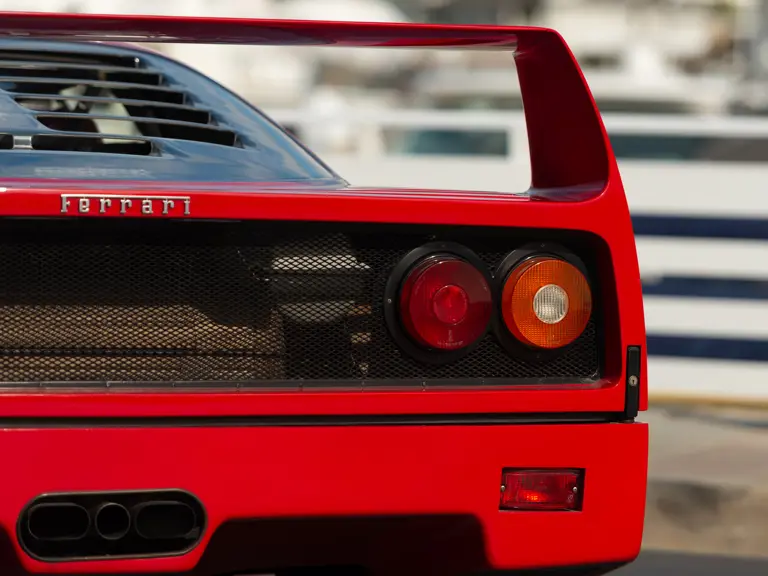
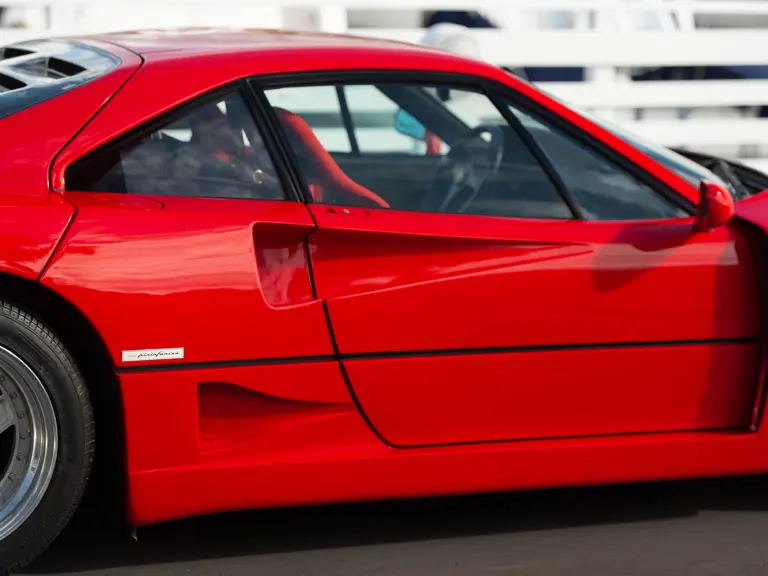
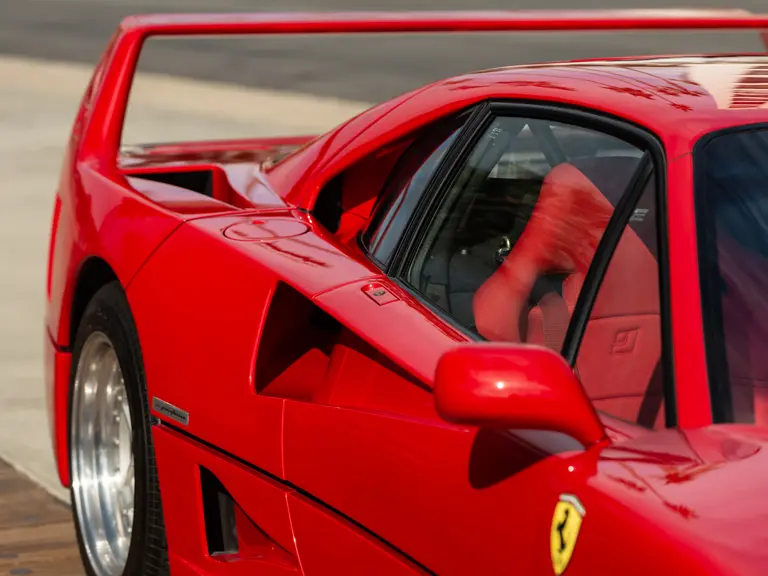
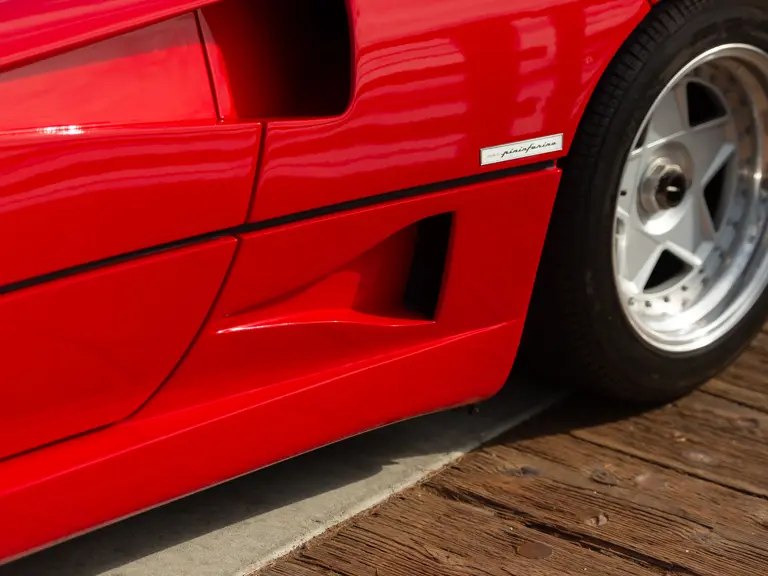


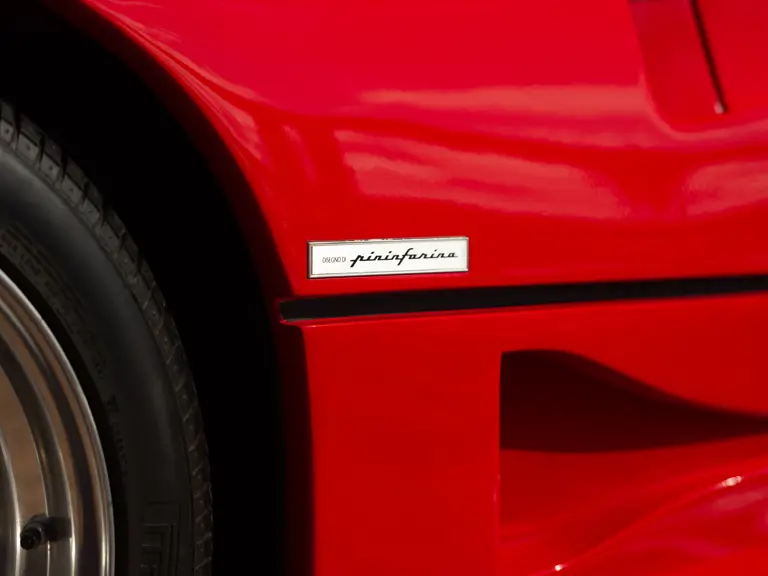
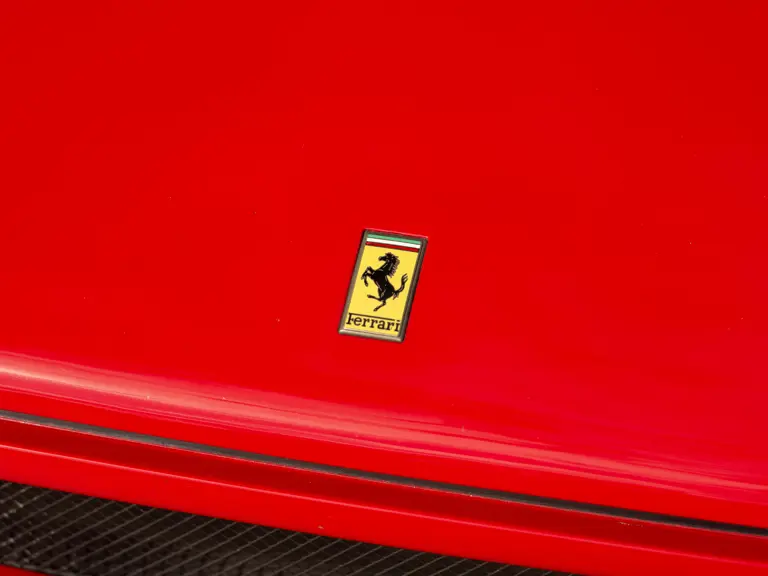
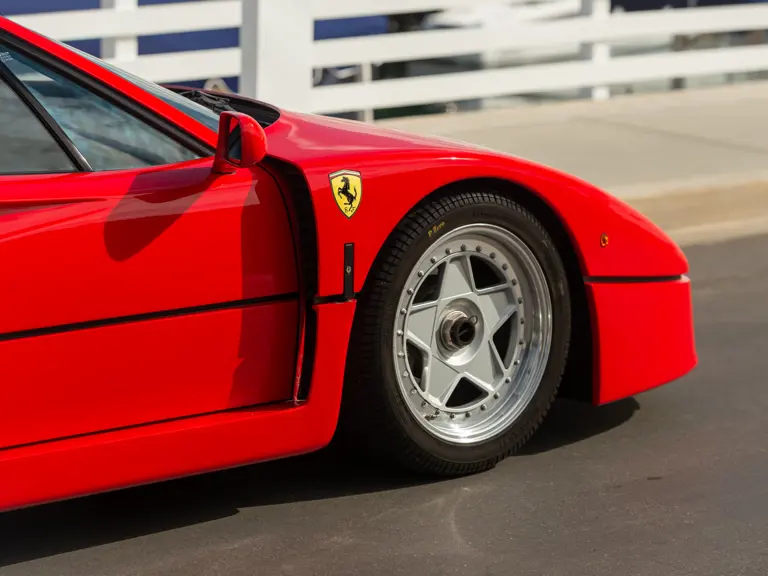

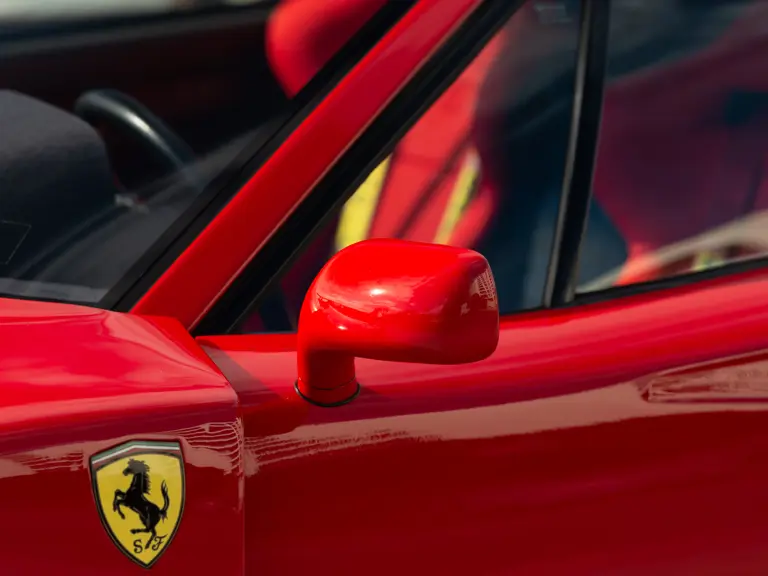
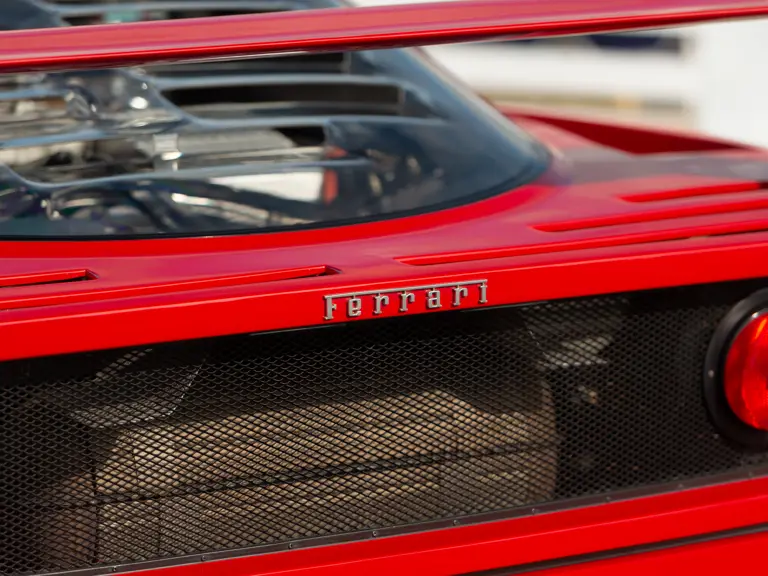
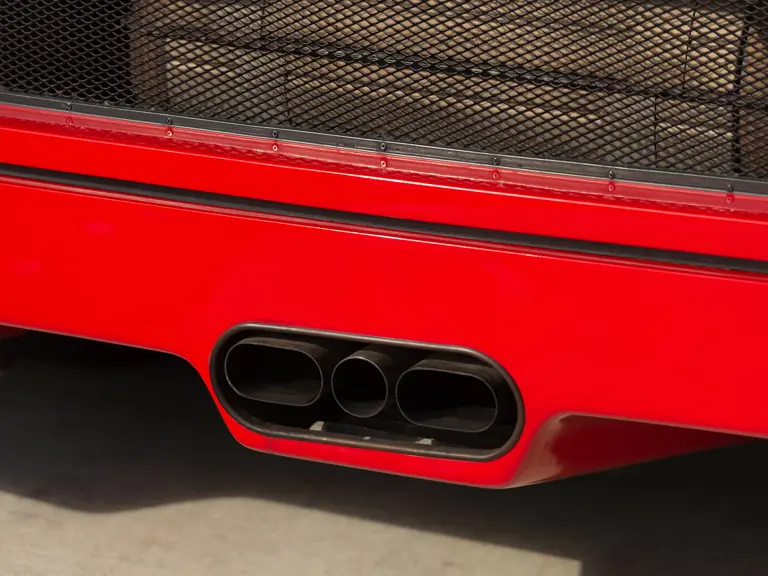
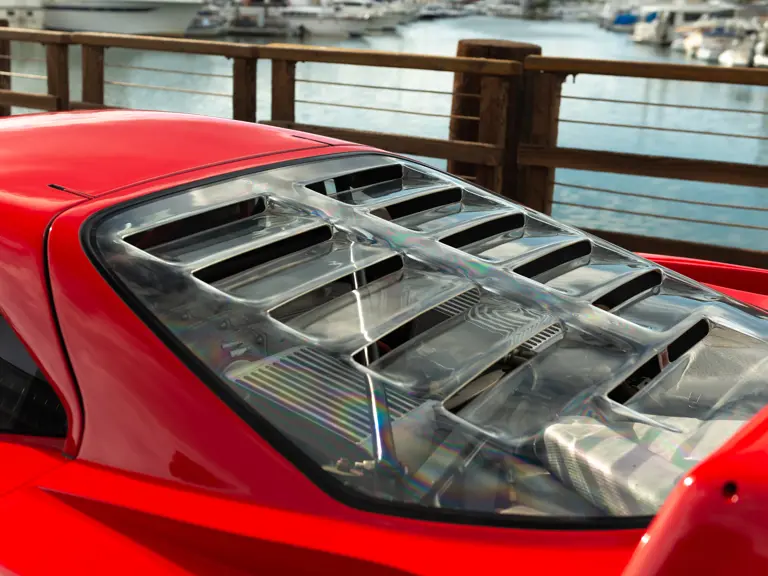
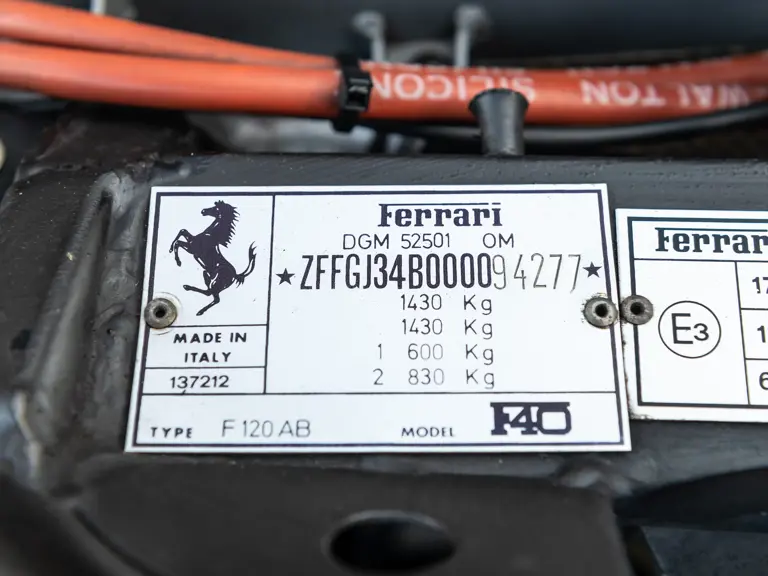
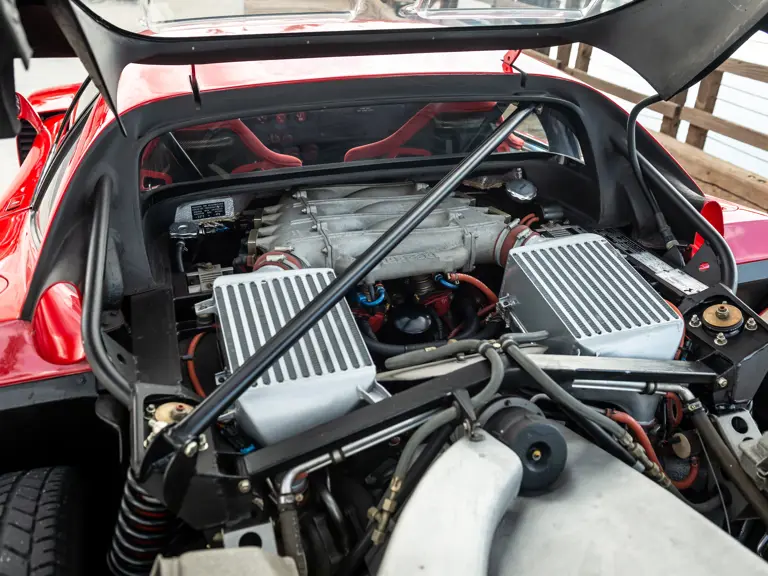
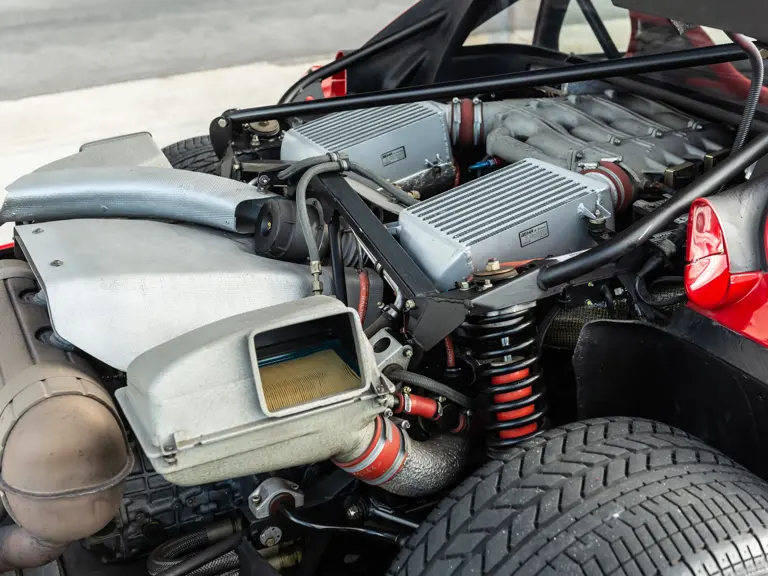
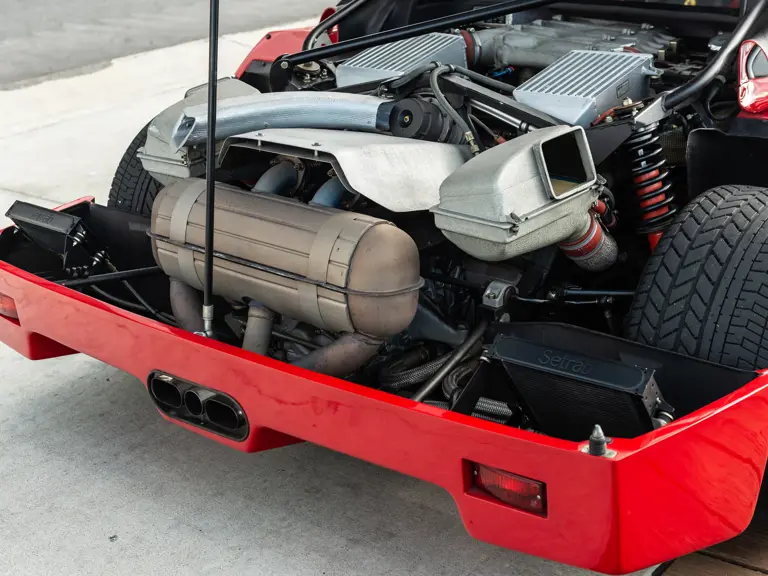

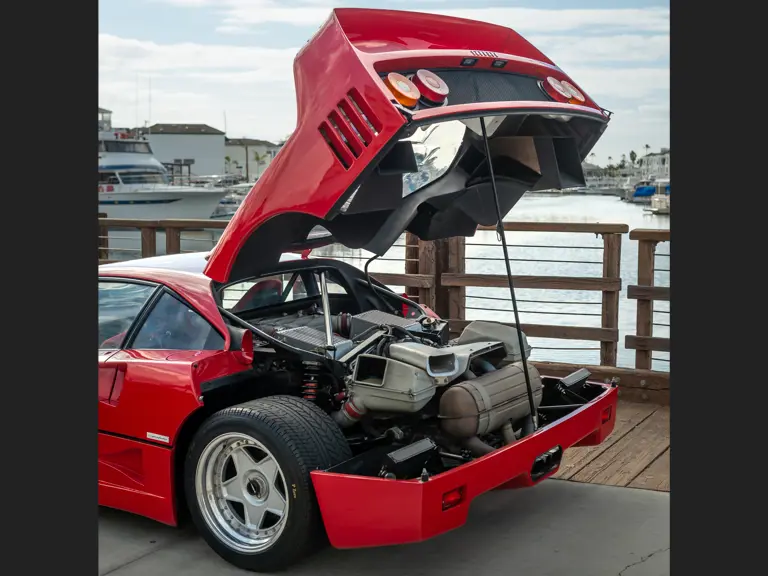
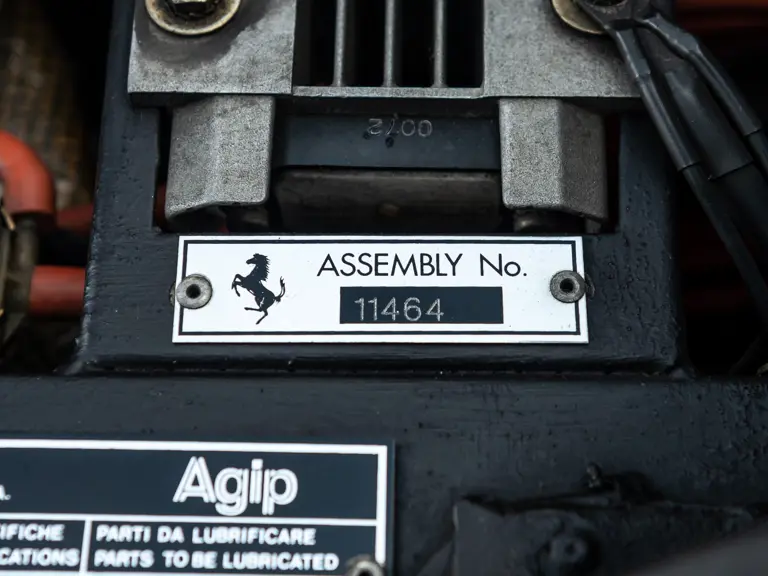
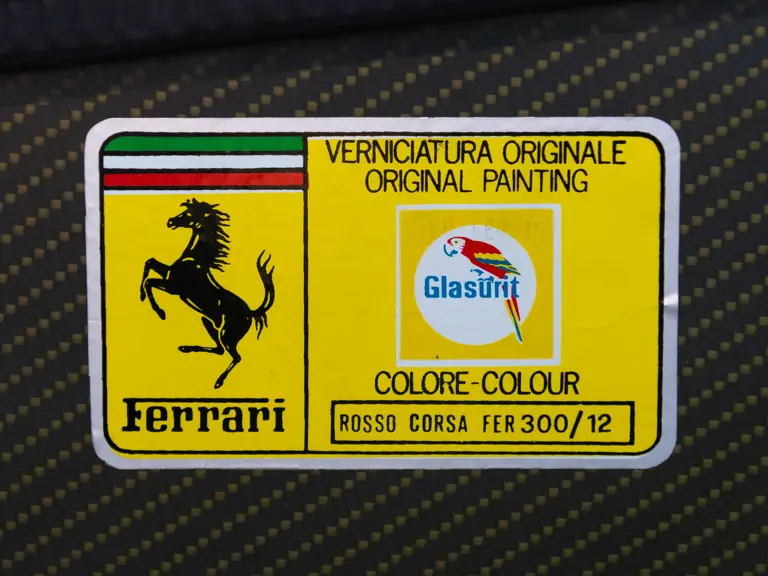
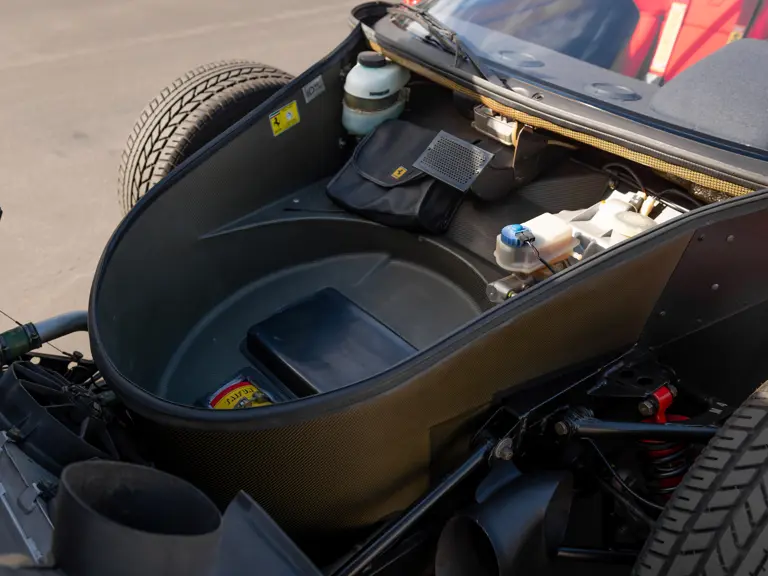
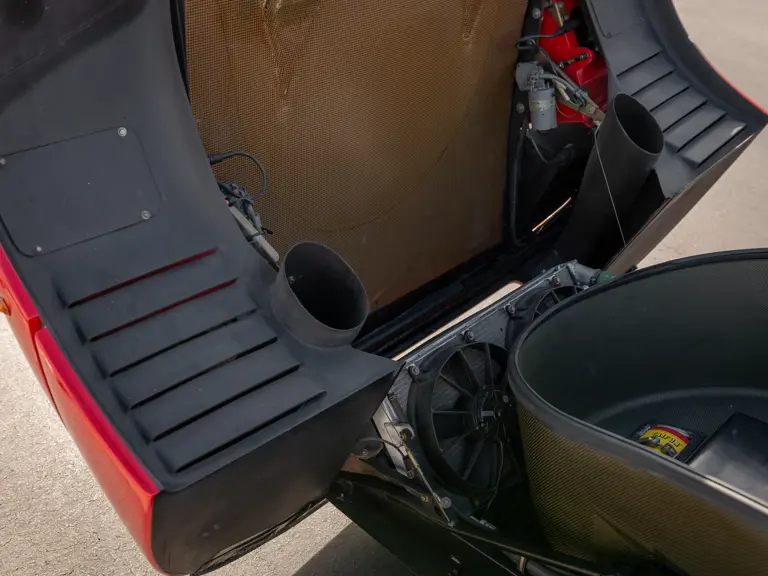
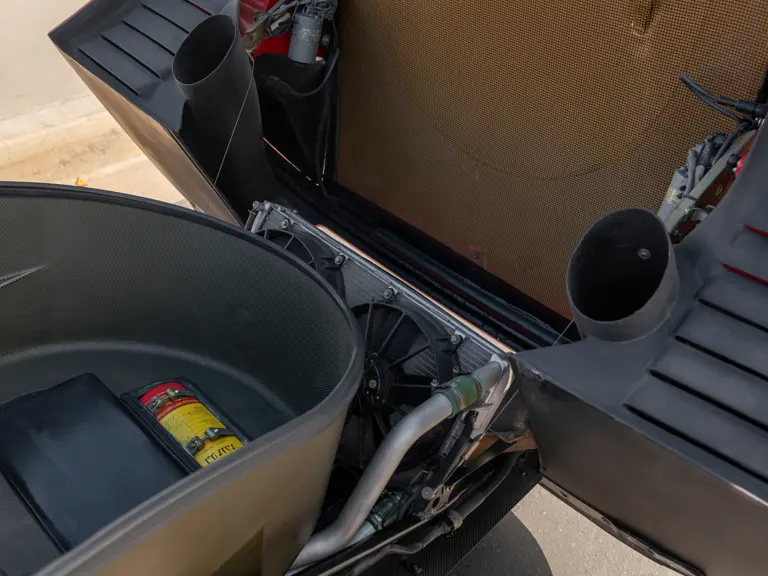
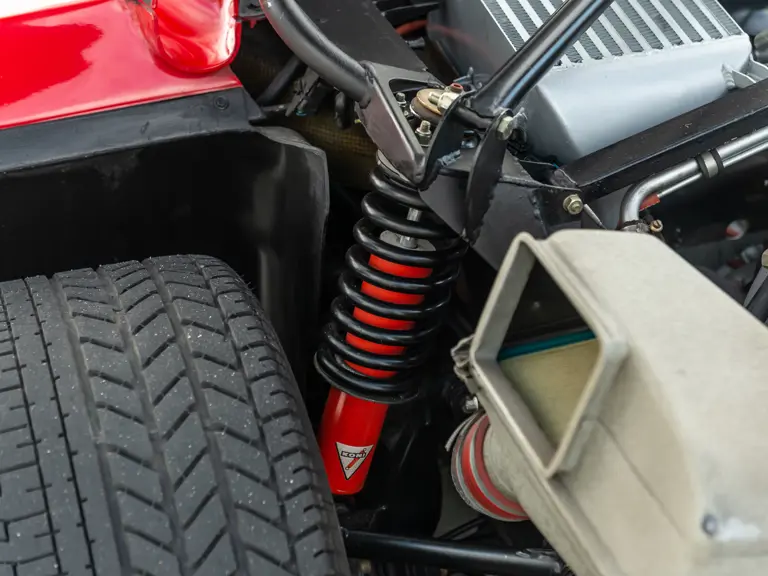
 | Phoenix, Arizona
| Phoenix, Arizona
